Like comedy, horror is very personal because what scares the hell out of you, might not faze me, and so on and so on. Psycho (1960) really did change everything when it came out, the villain, the monster being the boy next door, a seemingly decent young man just a tad too attached to his mother. The film made the monster human, the person you walk past on the street, suddenly supernatural beings were just not scary anymore.
The early horror films took advantage of legends from Europe, tales of the supernatural, legends that had long been known. Vampires, golems, werewolves, mummies, reanimated bodies, were all among the early horror films, hugely successful for Universal Pictures. Dracula (1931), Frankenstein (1931), The Bride of Frankenstein (1935), Son of Frankenstein (1939, The Mummy (1932), The Invisible Man (1933) and The Wolf Man (1941) were all major hits in their time. When the studio began to run out of ideas, they started throwing the monsters together in an increasingly poor series of films through the forties.
When Universal stopped making them, Hammer Films in Britain began remaking the films in full Color, much bloodier, with striking production values. Again great films but then the sequel madness set in and like Universal, the films became more and more ridiculous. Does anyone know how many times Hammer allowed Dracula to come back from the dead? Too many. Too many films about the blood thirsty Count, the Mummy, the Creature created by Frankenstein, a werewolf but overall, just too much, far too many. When we have films like Billy the Kid meets Dracula, we have gone, way, way too far.
Psycho (1960) changed all of that, along with films such as The Exorcist (1973), The Omen (1976) and The Shining (1980). There continued to be some very good films with supernatural creatures, even some fine films that remade the Universal films. Horror remains one of the most popular genres to in movies, and I think it always will. With that said, here’s the list of films that in my opinion are the best Halloween movies.
1. Jaws (1975)
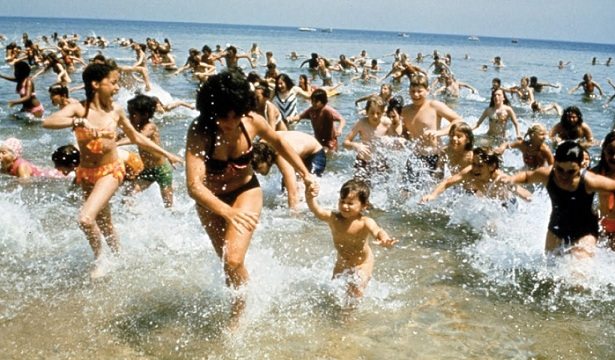
Steven Spielberg became a household name with this horror film about a great white shark feasting on bathers on the East Coast. When the mechanical sharks failed them, Spielberg displayed his genius by showing less of the shark, in fact showing the point of view of the shark as it cruised the sea, honing in on its prey. Brilliantly directed, superbly acted by Richard Dreyfus, Roy Schneider and especially Robert Shaw as the shark hunter Quint. The attacks are furious, realistic and terrifying but the scariest moment? Quint talking about his experiences in the Sea, in shark infested waters after the sinking of the SS Indianapolis. Nominated for just four Academy Awards (incredibly not Director, supporting actor, screenplay, Cinematography, effects, or sound editing) it won three, including one for that iconic, perfect score. The decision to shot from the point of view of the shark was born of necessity, but one of genius. A masterpiece in every way.
2. Marathon Man (1976)
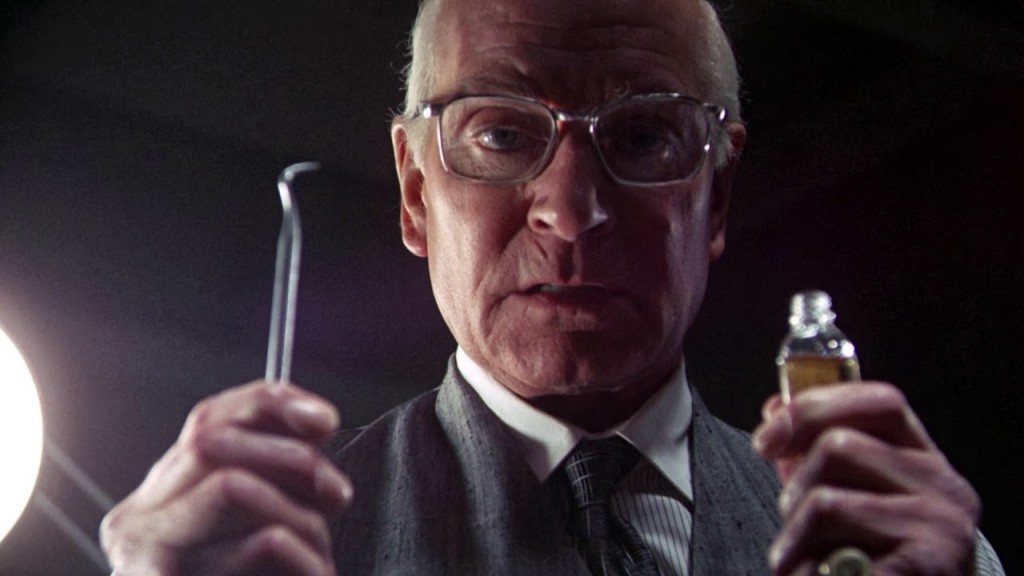
“Is it safe?” he asks, over and over. This bald man with blazing blue eyes washes his hands, unrolls his instruments and begins checking the teeth of his hostage, finding a cavity. He again asks if it is safe and when he does not get the answers he desires, he takes his probe and rams it deep into the cavity causing suffering we cannot imagine. Later he will drill into a fresh nerve because it is more painful. Try not to have nightmares after this film, try to be calm going to the dentist. Dustin Hoffman is superb as Babe, the truly innocent hostage, but it is Olivier who dominates the film as Szell, the cruel Nazi dentist who understands pain and torture. Terrifying. The sequence where Szell wanders in the diamond markets, surrounded by Jews, is frightening, as some believe they know him, one who does and meets his doom. Olivier who I do not care for as an actor, was great once. As Szell.
3. The Silence of the Lambs (1991)
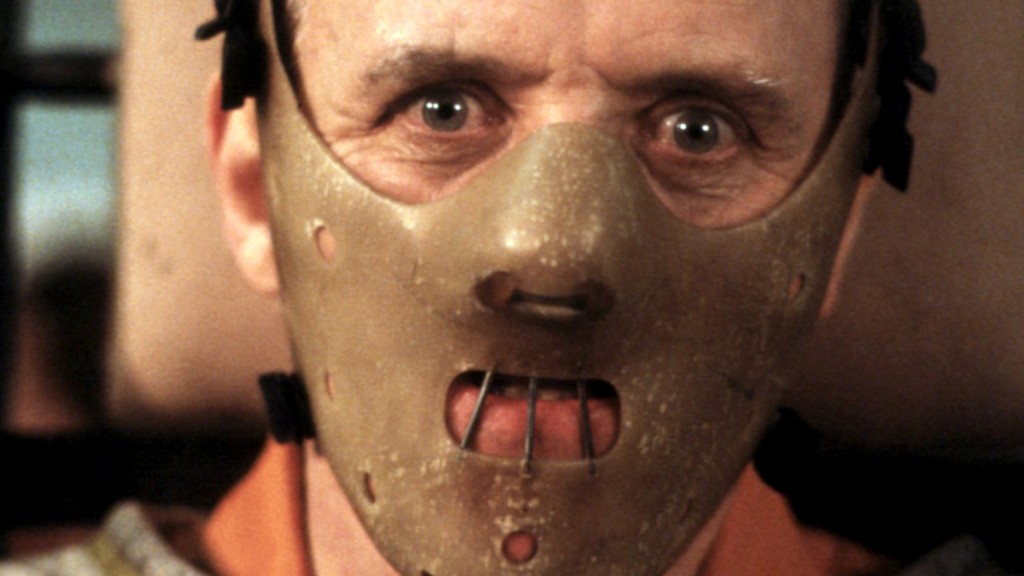
The first horror film to win the Oscar as Best Picture, in fact winning all five of the major prizes becoming just the third film to do so. Anthony Hopkins is iconic as Dr. Hannibal Lector, a serial killer known as Hannibal the Cannibal, with an intelligence not measurable by our knowledge. Clarice Starling, portrayed with flinty intelligence by Jodie Foster, is sent to speak with the good doctor to hopefully gather information to help with the capture of another killer nicknamed Buffalo Bill. The chemistry between Hopkins and Foster is electric, and in their few scenes together we are witness to two great actors at their very best. Not sure it is a horror film? Watch Fosters face and eyes as she scans the wall of photos of Buffalo Bills victims, and very nearly becomes one of them. A masterpiece.
4. The Shining (1980)
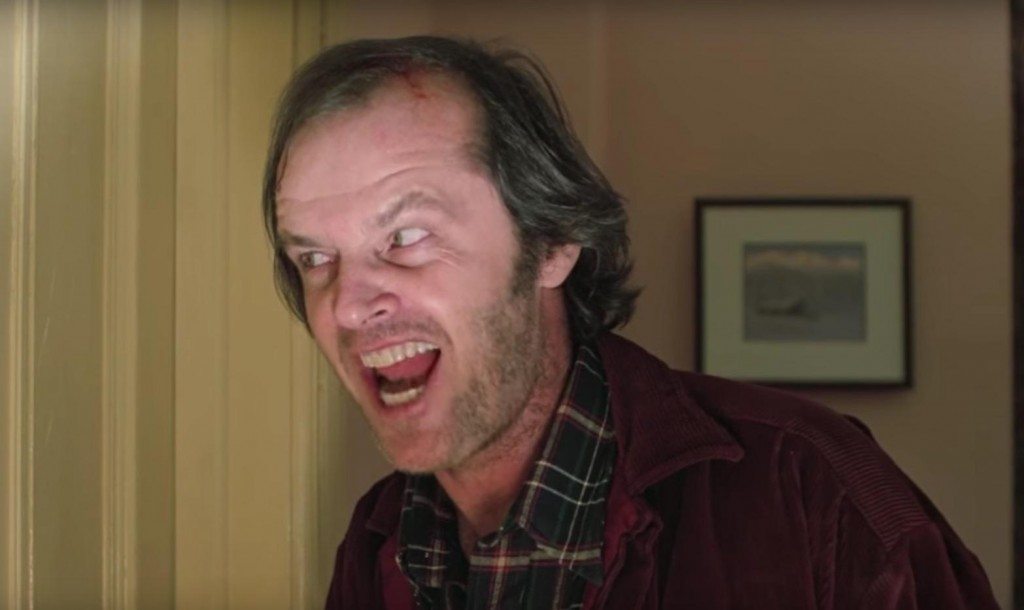
Based on Stephen Kings bestseller, when Stanley Kubrick bought the rights to the novel, it forever became not a King book, but a Kubrick film. Cold, distancing the film is a triumph of isolation and descent into madness, beautifully captured by Jack Nicholson in one of his finest performances. As caretaker of a massive hotel located in the mountains, the ghosts of the past come calling to him, slowly driving him to murderous rage, targeting his wife and son. Nicholson is truly frightening as Jack, the writer slipping into utter madness, the performance walking the fine line but never going over the top. Atmospheric, haunting, filled with a growing sense of dread, it was years ahead of its time when released in 1980 but gradually found its audience, built on video. Now considered a masterpiece, though you must place yourself on the other side of the door, you must become a Wendy (Shelly Duvall)…only then is it truly terrifying. Remember you cannot ever just watch a Kubrick film…you must experience it.
5. Seven (1995)

Gritty, unbelievably dark, David Fincher’s serial killer thriller merges into horror once the murders start. A vicious, incredibly patient killer who has based his killings on the Seven Deadly Sins is terrorizing the city while two detectives attempt to figure it all out. Morgan Freeman is the about to retire cop, methodical, smart while Brad Pitt is the hot headed new guy in town. The killer, John Doe, is portrayed with smarmy arrogance by Kevin Spacey who took no billing in the film as not give away his role. His killings become twice as frightening when the patience behind what he has done becomes evident. That patience is the most horrific aspect of the film. Frightening, dark, horrifying the film builds to a terrifying conclusion.
6. The Exorcist (1973)
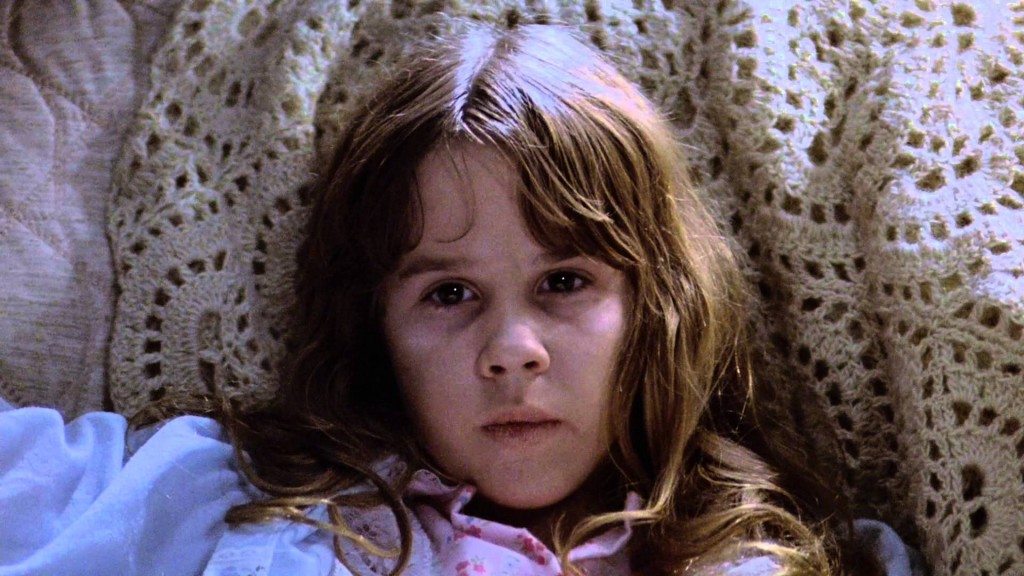
The film was a sensation when released in the seventies, based on the best selling novel by William Peter Blatty, who won an Oscar for writing the script. Dealing with demonic possession, I think what made the film doubly powerful was the fact the Catholic Church has a creed that deals with demonic possession, they believe in it, it is practiced. Audiences and critics had not ever seen a film such as this. The book was based on a series of reported possessions condensed into one. A little girl is possessed by a demon and becomes a foul-mouthed, vomit spewing, scab covered monster. Beautifully directed by William Friedkin the film was nominated for ten Academy Awards, winning two. Filled with great performances from Ellen Burstyn, Jason Miller, Max Von Sydow and Linda Blair. Unsettling and brilliant.
7. The Ring (2002)

One of the most terrifying and striking image filled films in modern cinema I have seen takes place in The Ring (2002), a remake of the Japanese film Ringu. A videotape is passed from friend to friend, each being told if they watch it they have a limited time to live. Sure enough it happens, one after another. But the single moment that left audiences unable to breathe, unable to blink was the sequence where we see what is on the videotape and a young girl climbs out of a well, walks towards the viewer and begins climbing through the TV screen. It freaked me out because it was so unexpected. Genuinely terrifying.
8. Freaks (1932)
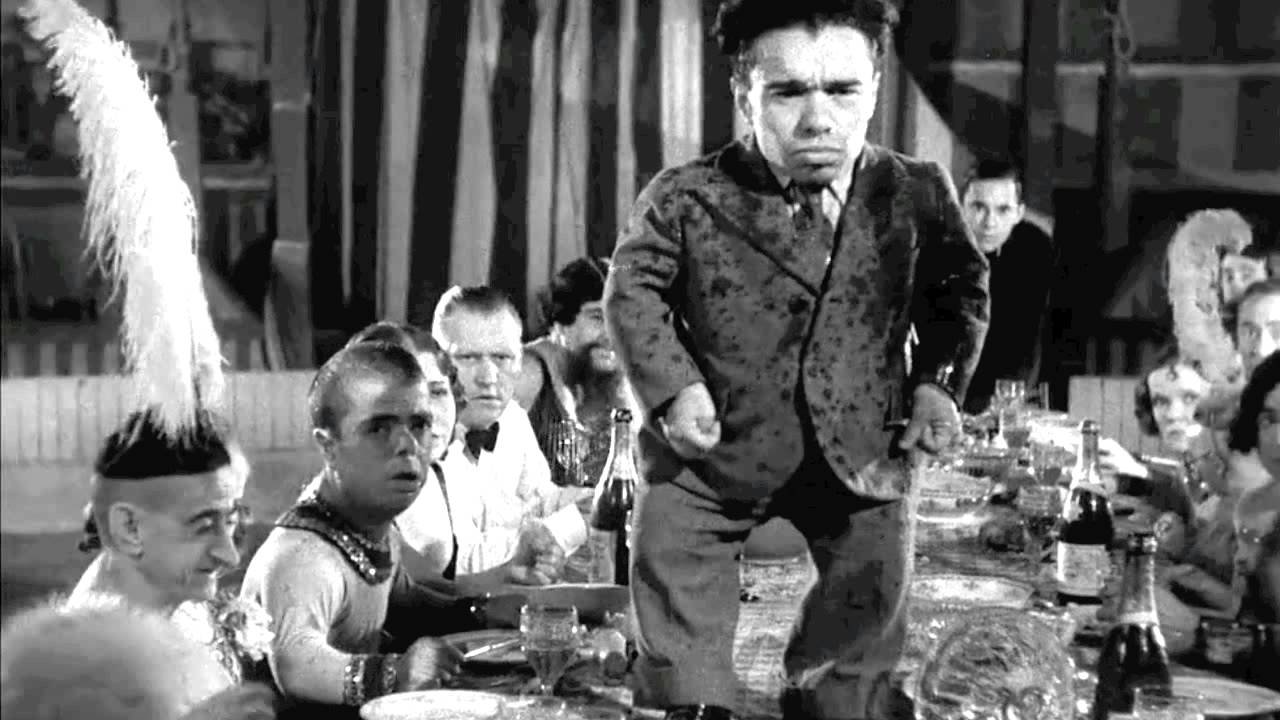
Unlike any film made at the time or since, Todd Browning used real circus freaks for his creepy film about normal sized people mocking and humiliating the many so called freaks of the title. It turns out those with deformities are more humane than any of the so called normal folks. The chant “one of us” will remain with you long after this atmospheric, expressionistic film ends. Truly frightening. The use of expressionistic styling and Cinematography aid the growing sense of horror beautifully…we can feel something terrible is going to happen. Banned for nearly fifty years, it is now available on DVD.
9. Nosferatu (1922)
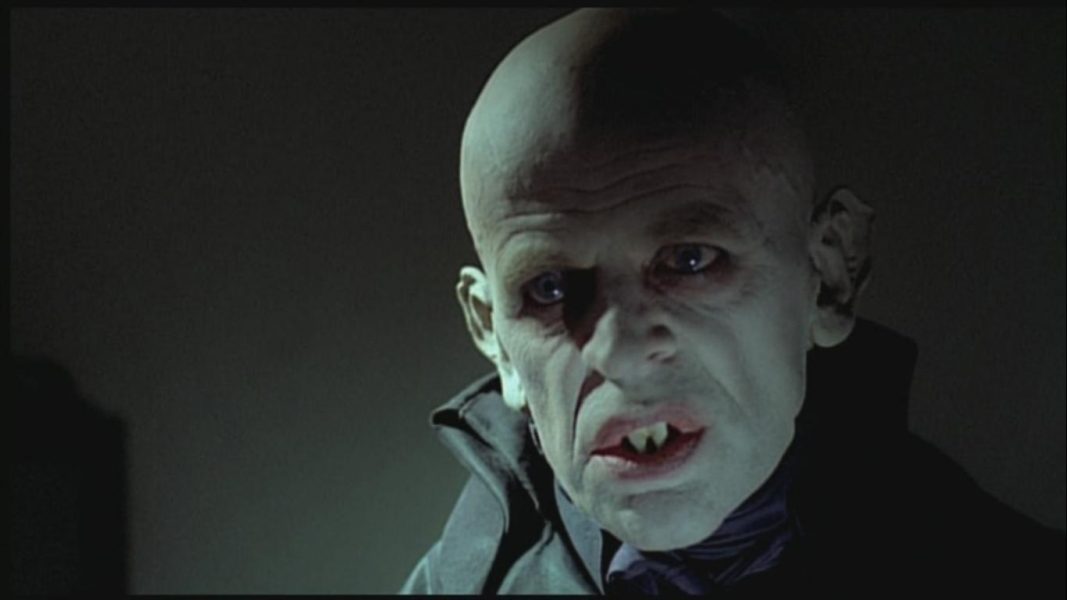
This German silent film was the first great horror film and remains as frightening and dread filled as it was when first released nearly on hundred years ago. That, I think is where today’s directors often fail, they lack the skill to grow dread. Based on Dracula, the film explores a vampire arriving to a city bringing a plague with him that will invade the town while the evil Count drinks the blood of the townsfolk. So many startling images, the Count rising from his coffin like a jackknife, the ship easing into the city, rats emerging from the lower decks into the city, and that monstrous vampire, Orlock, complete with rat teeth, pointed ears and a long, thin body. This film launched the German expressionistic film, made it clear horror cinema was popular, and in the right hands could be art. There is a wonderful companion piece entitled Shadow of the Vampire (2006) about the making of the film, and a superb remake in 1979 from director

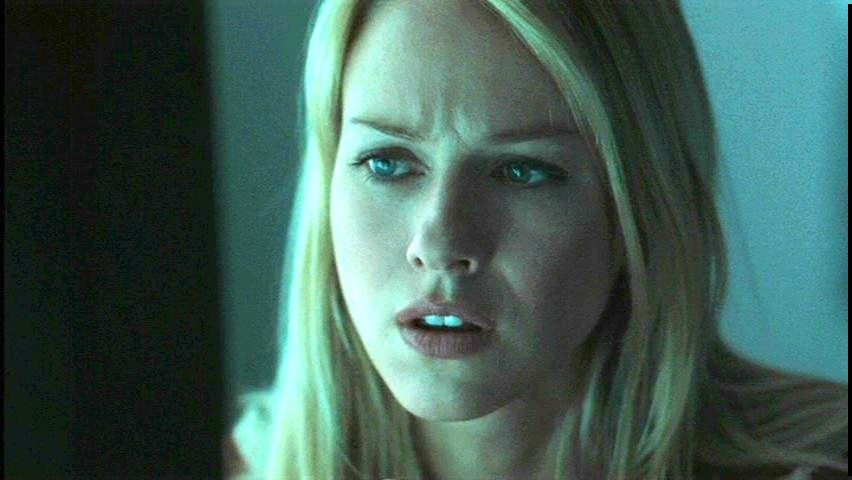
You must be logged in to post a comment.